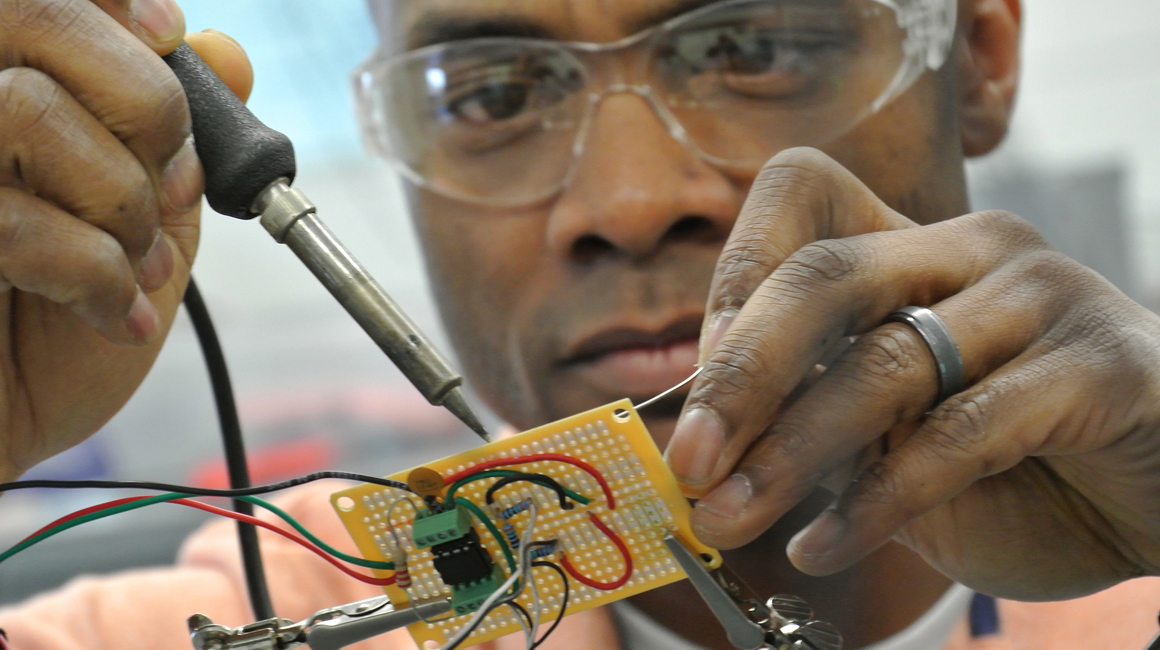
Engineering has a huge gender problem. The profession is left empty-handed by more than 40% skilled women. Many articles have been written about reasons why engineers leave women. But what can be done to change this situation? In this article, we'll discuss some of the key factors that are contributing to the problem.
Inadequacy of female role models
According to UNESCO reports, 35% STEM students were female. This can be due to stereotypes and cultural barriers as well lack of confidence and vision. It is crucial that female engineers are more visible. By creating role models that inspire women, it is possible to increase the number female engineers. The Professional School of Software Engineering is a recent initiative to provide such role models.
While there are many male role models in the field, it is important to note that there are a lack of female role models in engineering. This is not a problem that cannot be solved. This problem can be addressed in a number of ways. The first approach is to acknowledge the issue and find female role model. The second way is to search for role models who can be both male or female.

Engining lacks female leaders
A new study shows that engineering's women have a low level of leadership. This is partly due to the organization's policies. Some women working in engineering report good working relationships with their coworkers, and they enjoy engineering tasks. Others cite a lack of mentoring from their supervisors and discrimination. A lack of female engineers could also be due to women's unmet demands.
Lack of role models to encourage women is one reason there aren't enough female engineers. It is difficult for female engineers to find mentors because of this lack of role models. To address this problem, encourage more women in engineering.
Uneven treatment
The persistence of women engineers is negatively affected by cultural and structural barriers. As with many other high-paying professions, engineering is historically dominated by men. It is therefore more difficult for women to combat inequality because they often face gendered barriers. These issues can be overcome.
You can overcome this bias by prioritizing your inner voice. Women engineers often feel they are not respected and are not considered "real engineers" because of this bias. Research also suggests that feeling undervalued can cause chronic stress, which in turn affects female engineers' ability to deal with other stressors. This can lead to burnout and even contemplation of exiting the engineering field.

Microaggressions
While microaggressions against female engineers remain a problem in engineering programs, they can be reduced or eliminated by implementing strategies to promote diversity in engineering departments. These negative experiences can make it difficult for some women to continue in the engineering field. The research seeks to understand microaggressions in engineering programs, and devise strategies to stop them.
Several studies have suggested that microaggressions against women in STEM fields are common. These negative experiences have negative effects on women's professional identities and psychological health. Many women believe these negative experiences are due to internalised sexism.
FAQ
What is the most difficult engineering degree?
Computer science is the hardest engineering major because you need to learn everything completely from scratch. Also, you must be able to think creatively.
Programming languages include C++ and Java, Python, JavaScripts, PHP, HTML, CSS and SQL.
You will also need to learn how computers actually work. You will need knowledge about hardware, software architecture and operating systems.
Computer Science is the best option to train as an engineer.
What do electricians do?
They design power systems to be used by people.
They are responsible of designing, building and testing all types electrical equipment that is used by residential and commercial customers.
They plan and supervise the installation of these systems.
Electricians design and install electronic devices, circuits and other components that convert electricity into usable forms.
Do I need a degree for engineering?
To become an engineer, you don't need to have a bachelors degree. Many employers prefer applicants who have degrees. Even if your degree is not yet earned, you can still take online classes to earn it.
Statistics
- 14% of Industrial engineers design systems that combine workers, machines, and more to create a product or service to eliminate wastefulness in production processes, according to BLS efficiently. (snhu.edu)
- 2021 median salary:$95,300 Typical required education: Bachelor's degree in mechanical engineering Job growth outlook through 2030: 7% Mechanical engineers design, build and develop mechanical and thermal sensing devices, such as engines, tools, and machines. (snhu.edu)
External Links
How To
How to Write Letters in Engineering Drawing
Two types of engineering drawings are available: technical drawings (also known as engineering sketches) and architectural drawings. The first shows the product’s physical features. While the second shows how the product should appear. Each type includes detailed specifications, dimensions and symbols as well as text and arrows. Engineers will use their own language to write these documents. They can refer to specific units or abbreviations as well as acronyms. These terms are known engineering lingo. This article explains what they mean.
A letter is a formal written document that an individual or organization sends to another person or organisation. It typically includes a greeting and salutation, signature as well as date and closing remarks. Most people include a self introduction at the beginning of their letter. Some letters may include business details such legal agreements. Others might contain greetings and signatures.
An engineer uses professional experience to develop a plan, design a machine, build a bridge, or draw a diagram. To communicate this work effectively, engineers must use precise language. The product, process, materials and methods are described in technical terms.
Engineers may use a variety of terms to describe things. An example is "ampere", which refers to electrical current. For mass measurement, they might use "kilograms per meter squared". These terms are known as scientific names. Common names are used by engineers to refer to these terms. Common names are easier than common names and easier to remember.
Technical terms are often abbreviated. An abbreviation refers to a longer word. Example: "kW" means kilowatt. You will recognize the term "KW" as kilowatt when you see it. You don't have to memorize the full name.
Engineers use many other acronyms and abbreviations in addition to technical terms. These are similar in abbreviations but can be made up of many words. Examples include "IEC," "DIN," and "ANSI." These are important because they make communication more efficient and easier.
Engineers may not use standard spelling rules when using their jargon. They may use digits to spell out numbers instead of numerals. They may use different capitalizations than normal. Capitalization refers the way a word is capitalized. Words that begin on a vowel sound have different spellings than those that begin on consonants.